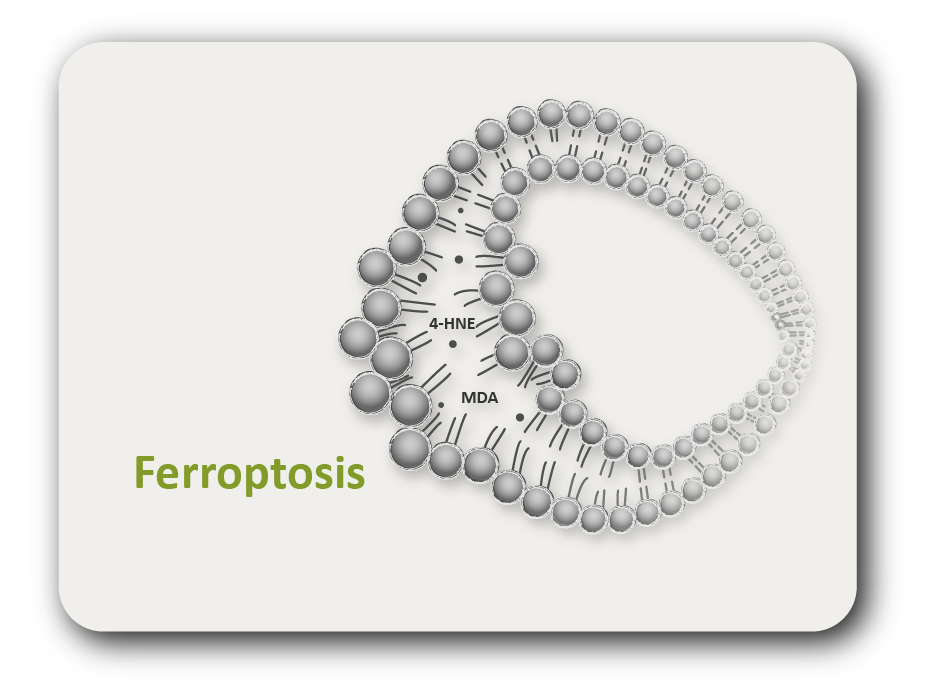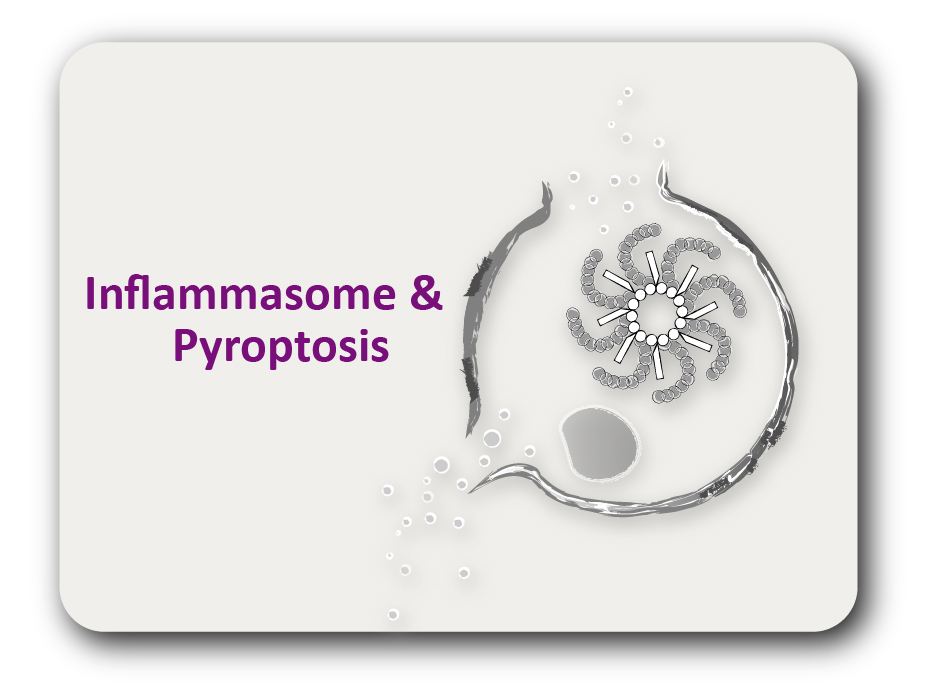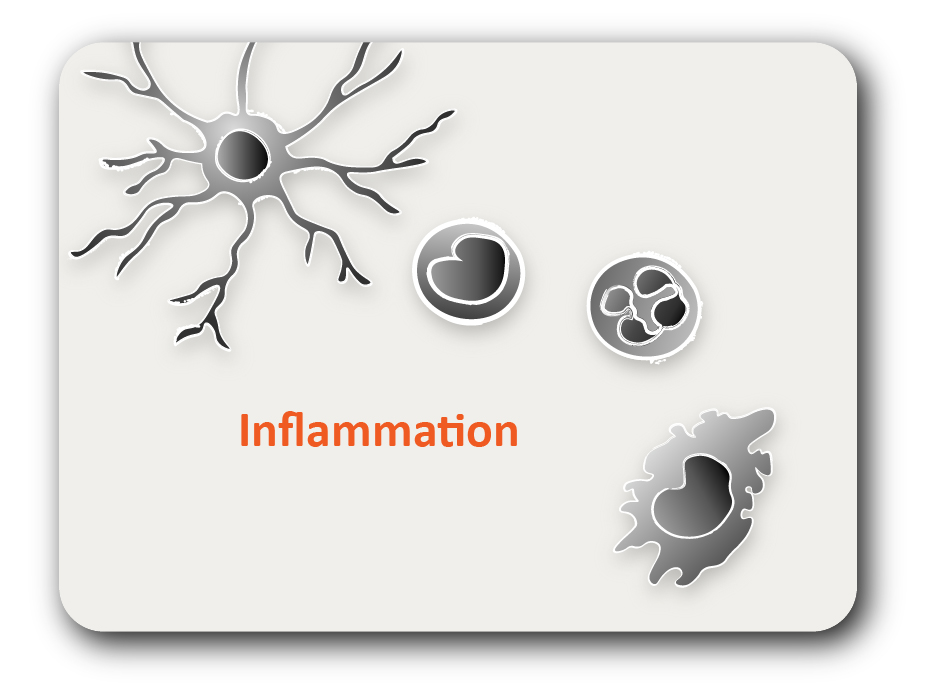ARG70537
Mouse CD1d recombinant protein (His-tagged)
Mouse CD1d recombinant protein (His-tagged) for SDS-PAGE
Overview
| Product Description | CHO expressed, His-tagged Mouse CD1d recombinant protein |
|---|---|
| Tested Application | SDS-PAGE |
| Target Name | CD1d |
| A.A. Sequence | Gln22 - Gly305 |
| Expression System | CHO |
| Alternate Names | CD1D; CD1d Molecule; Antigen-Presenting Glycoprotein CD1d; CD1D Antigen, D Polypeptide; CD1d Antigen; R3G1; HMC Class I Antigen-Like Glycoprotein CD1D; Differentiation Antigen CD1-Alpha-3; T-Cell Surface Glycoprotein CD1d; Thymocyte Antigen CD1D; CD1A; R3 |
Properties
| Form | Powder |
|---|---|
| Purification Note | Endotoxin level is less than 0.1 EU/µg of the protein, as determined by the LAL test. |
| Purity | > 95% (by SDS-PAGE) |
| Buffer | PBS (pH 7.4) |
| Storage Instruction | For long term, lyophilized protein should be stored at -20°C or -80°C. After reconstitution, aliquot and store at -20°C or -80°C for up to one month. Storage in frost free freezers is not recommended. Avoid repeated freeze/thaw cycles. Suggest spin the vial prior to opening. |
| Note | For laboratory research only, not for drug, diagnostic or other use. |
Bioinformation
| Gene Symbol | CD1D |
|---|---|
| Gene Full Name | CD1d Molecule |
| Background | This gene encodes a divergent member of the CD1 family of transmembrane glycoproteins, which are structurally related to the major histocompatibility complex (MHC) proteins and form heterodimers with beta-2-microglobulin. The CD1 proteins mediate the presentation of primarily lipid and glycolipid antigens of self or microbial origin to T cells. The human genome contains five CD1 family genes organized in a cluster on chromosome 1. The CD1 family members are thought to differ in their cellular localization and specificity for particular lipid ligands. The protein encoded by this gene localizes to late endosomes and lysosomes via a tyrosine-based motif in the cytoplasmic tail. Two transcript variants encoding different isoforms have been found for this gene. [provided by RefSeq, Jan 2016] |
| Function | Antigen-presenting protein that binds self and non-self glycolipids and presents them to T-cell receptors on natural killer T-cells. [Uniprot] |





